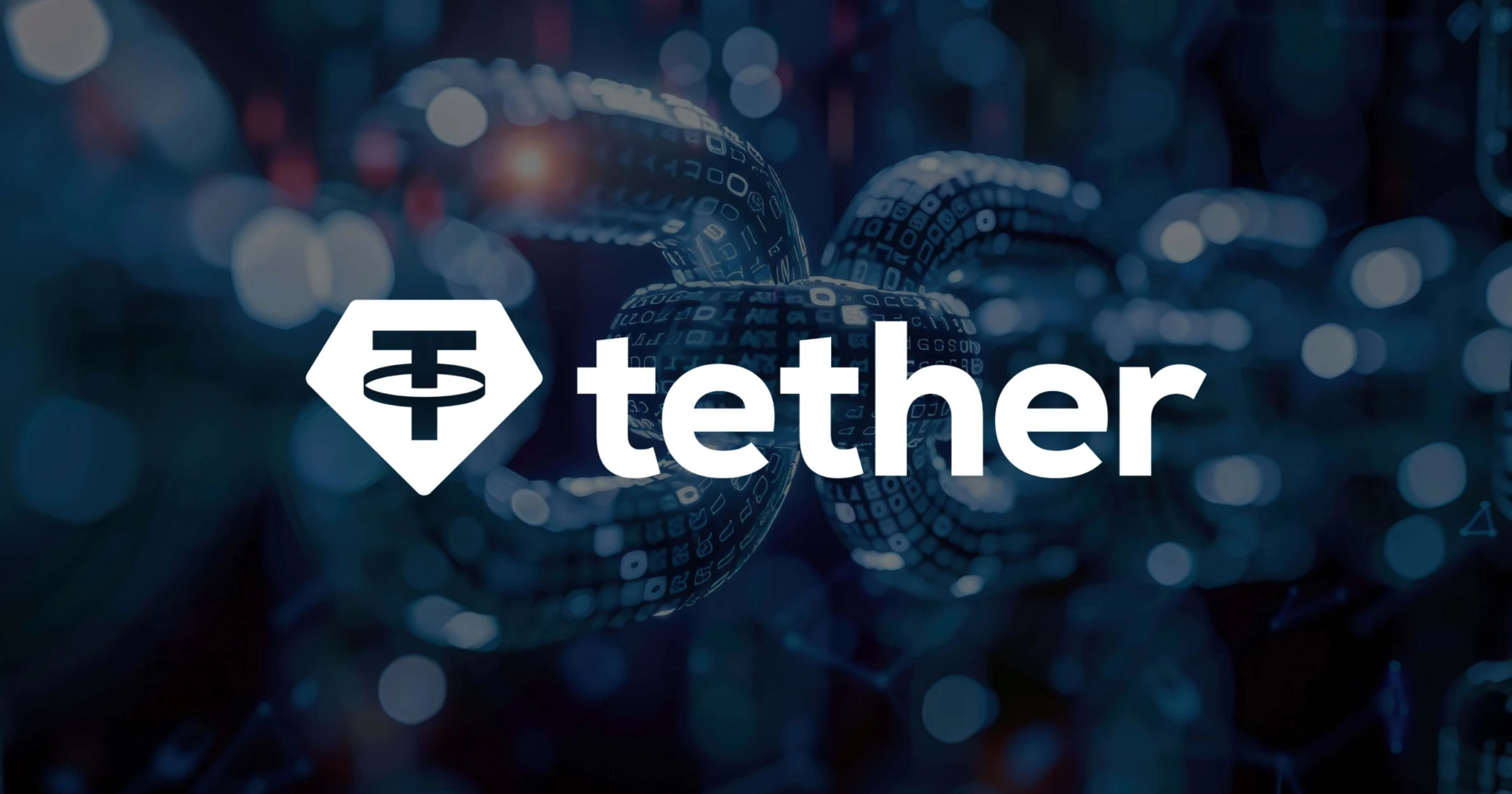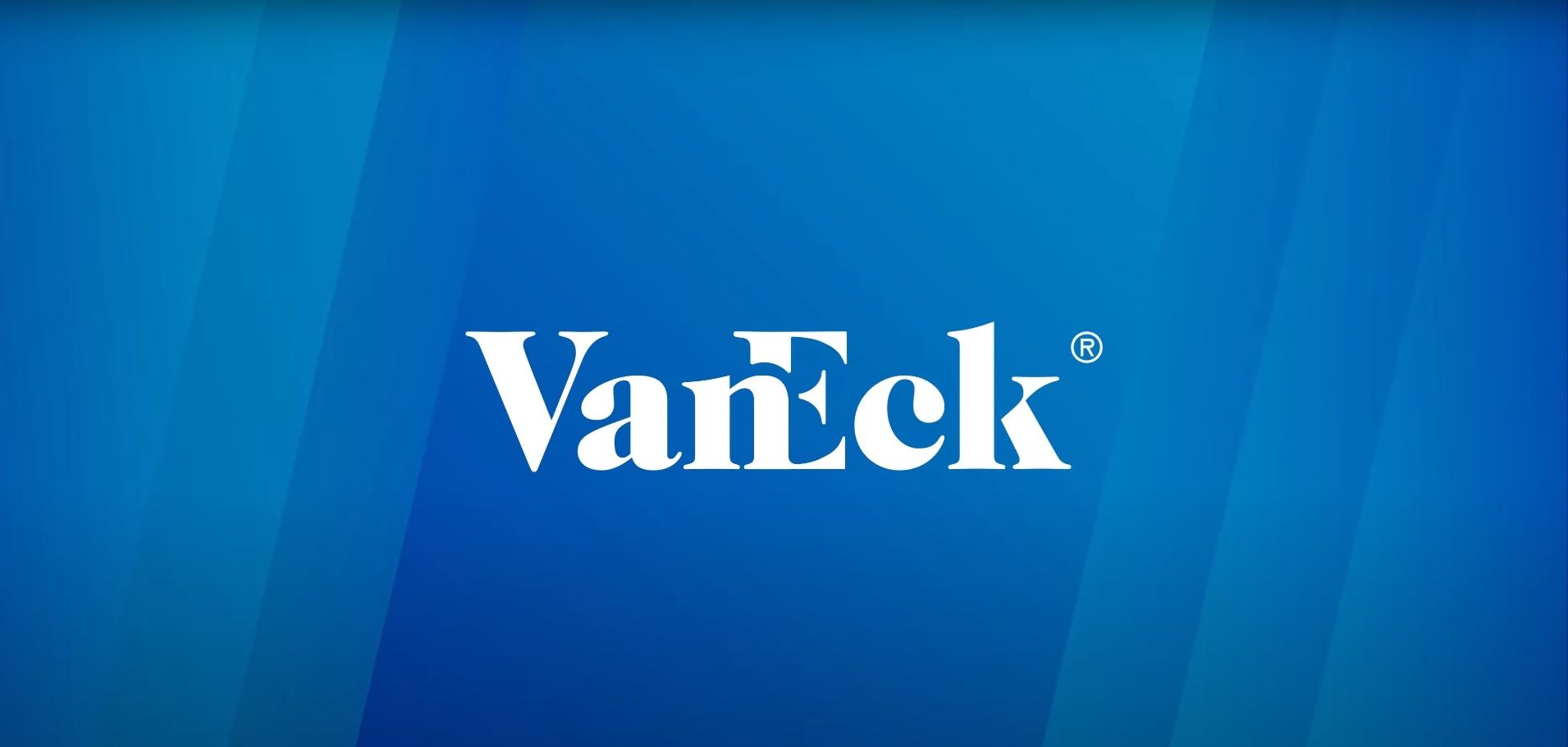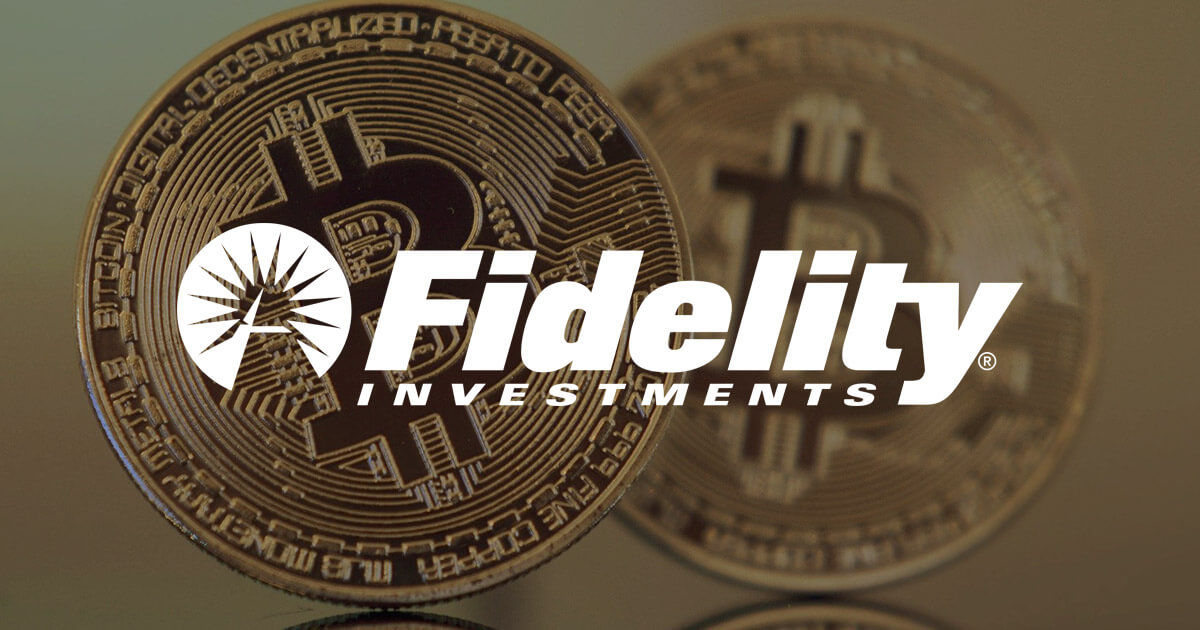Blog

Tether Mints $2B USDT on Tron Network
Jun-23-2025
Tether mints $2 billion USDT on Tron.
Inventory reserved for future needs.
Tether has minted $2 billion USDT on the Tron network, preparing for possible future issuance, as Bitcoin prices have exceeded $100,000.
Tether's latest minting indicates readiness for increased liquidity requests, potentially linked to Bitcoin's surge.
The process involves Tether creating $2 billion USDT on the Tron blockchain for strategic reserves. CEO Paolo Ardoino specifies this action as "authorized but not issued", keeping it for future liquidity needs and on-chain swaps.
The issuance aims to enhance liquidity during market fluctuations. Primarily, it aligns with growing needs amid Bitcoin's rise. The USDT is not in immediate circulation and will be used based on market demands.
Tether's action reflects proactive measures in anticipation of market shifts. It highlights past patterns where Tether pre-mints have preceded increased trading activity, especially in bullish cycles.
The $2 billion addition on Tron may offer new avenues for financial transactions. Industry players, including exchanges, might see changes in liquidity and trading volume. Observers expect minimal immediate impact, but potential arises once the tokens enter circulation. Historical trends from Tether suggest an eventual boost in decentralized finance activity, paving the way for elevated stablecoin transaction volumes.
Read more

Semler Scientific treats Bitcoin as a long-term asset, sets sights on 105,000 BTC by 2027
Jun-20-2025
Semler treats Bitcoin as a long-term asset
Semler builds reputation as Bitcoin strategy leader
Semler Scientific, a publicly listed US healthcare technology company, is doubling down on its Bitcoin strategy in a big way.
The firm said on Thursday that it planned to amass 105,000 Bitcoins by the end of 2027, enough to make it one of the world’s largest corporate holders of digital assets.
The company’s Bitcoin purchasing plan is set to be rolled out over three years, led by Joe Burnett, the director of Bitcoin strategy. Semler is hoping to own 10,000 BTC by the end of 2025. That figure will increase to 42,000 BTC by the end of 2026 and to 105,000 BTC by the end of 2027.
That approach is part of a broader trend among publicly held companies that are forward-looking and increasingly considering Bitcoin not as a speculative bet but as a long-term store of value and a core treasury asset.
Semler treats Bitcoin as a long-term asset
Semler’s dive into Bitcoin is no flight of fancy. The company’s been on this path since May 2024, when it jumped onto what it calls the “Bitcoin Standard.” Since then, Semler has pivoted to a Bitcoin bull and is among the most vocal corporate cheerleaders for cryptocurrency.
On June 4, 2025, the company held 4,449 BTC valued at $462 million. That would make it one of the 15 biggest Bitcoin collectives in the world.
However, the outfit’s 287% BTC yield and $177 million in profit from its Bitcoin holdings as of early June are more remarkable. These returns reinforce the firm’s argument that Bitcoin is not just a hedge but also a potent value-generating asset.
Burnett, who has spoken with some of the smartest economists, investors, and Bitcoin thinkers across every format, will help Semler build its thesis around education, macro insights, and treasury diversification with Bitcoin.
It also indicates a more deliberate, permanent establishment of Bitcoin strategy within the company’s executive ranks.
Semler builds reputation as Bitcoin strategy leader
Semler Scientific’s approach puts it in the company of firms such as Strategy, currently the world’s largest corporate holder of Bitcoin. With Semler’s 15,000 BTC to date, compared to Strategy’s 214,400 BTC, closing this gap in the longer term is truly underway.
It is now the second US public company to adopt the Bitcoin Standard, following Strategy. According to The Block data, almost 230 companies worldwide have adopted similar Bitcoin treasury strategies.
Semler’s move is part of a growing institutional trend toward Bitcoin, such as the growing number of US spot Bitcoin ETFs on the heels of more positive regulatory clarity and greater macroeconomic uncertainty, leading many to diversify their asset portfolio.
The company now trades on the Nasdaq under the trading symbol SMLR. It now trades at about $32 a share for a market capitalization of about $375 million. Semler’s aggressive crypto play has garnered interest from traditional investors and Bitcoin enthusiasts. Though it has been relatively modest in size, the fund has seen users plow money into it at a rapid clip.
In an industry where few healthcare companies have been brave enough to take such a step, Semler establishes a distinct brand that blends healthcare innovation with Bitcoin maximalism. Assuming its plan proceeds according to schedule, the company may soon become one of the biggest non-financial corporate owners of Bitcoin in the next two years.
Read more

VanEck's Solana ETF Progress: A New Era for Digital Assets
Jun-19-2025
VanEck's Progress with Solana ETF
Institutional Confidence and Market Impact
Potential Financial and Market Shifts
VanEck’s spot Solana ETF, labeled VSOL, has been listed on the DTCC platform, signaling significant progress for the digital asset in regulatory terms.
VanEck's Progress with Solana ETF
VanEck’s Solana ETF advancement with its inclusion on the DTCC "active and pre-launch” list represents formidable progress. The ETF's listing followed the recent Bitcoin and Ethereum ETF trends. However, direct trading is yet to commence pending final SEC approval.
Institutional Confidence and Market Impact
The listing suggests operational readiness, highlighting VanEck's continued engagement with digital assets. According to ETF analysts, the SEC's review of VanEck’s amended S-1 filings for Solana solutions indicates increasing regulatory focus.
"The SEC has started reviewing amended S-1 filings for Solana-based ETFs. This is a very positive sign, though the timing of any formal approval remains uncertain." - James Seyffart, ETF Analyst, Bloomberg
Immediate impacts include heightened institutional confidence in Solana along with improved market sentiment. This could position Solana as a key investable asset, while potentially boosting related altcoins like Avalanche and Cardano.
Potential Financial and Market Shifts
Financially, the ETF has yet to experience direct inflows, but anticipations of SEC approval are driving institutional bullishness. Polymarket data hints at a 91% probability of approval by 2025, underscoring strong support for Solana.
Past trends show ETF listings can shift market dynamics, as seen with Bitcoin and Ethereum ETFs. Successful approval may increase Solana’s trading volume, attracting attention to the overarching digital asset sphere.
Read more

Fidelity Increases Bitcoin Holdings to Over 200,000 BTC
Jun-18-2025
Fidelity boosts Bitcoin holdings to 200,840 BTC with new purchase.
Significant institutional interest continues to grow rapidly.
Potential for increased institutional demand for digital assets.
Fidelity’s FBTC has acquired 775 more Bitcoin, increasing total holdings to 200,840 BTC, highlighting ongoing institutional interest.
Fidelity's acquisition underscores growing institutional adoption of Bitcoin, potentially spurring further market interest and confidence.
Fidelity Investments, through FBTC, recently purchased 775 Bitcoin, bringing total holdings to 200,840 BTC. This purchase is part of its ongoing strategy to increase institutional investments in digital assets. Fidelity has been a key player in pushing for Bitcoin as a reserve and investment asset. Chris Kuiper, Vice President and Research Director, advocates for Bitcoin's long-term potential compared to traditional assets. Kuiper noted that Bitcoin's consistent outperformance over the last decade justifies its role as a strategic asset.
"Bitcoin has outperformed every major asset class over the last ten years. If you're a company sitting on cash or low-yield bonds, you're falling behind." - Chris Kuiper, Vice President of Research at Fidelity Digital Assets.
Fidelity Digital Assets continues expanding its market impact by attracting more institutional interest, enhancing Bitcoin's legitimacy.
This accumulation trend by institutional entities like Fidelity reinforces Bitcoin's standing as a critical investment, spurring market optimism. Institutional demand acts as a catalyst for increased Bitcoin valuation and may lead to reduced liquidity on exchanges. Financial markets may witness adjustments as Bitcoin, aided by institutional demand, could gain greater acceptance as a secure alternative to conventional investments. This move also indicates shifting perspectives on digital asset incorporation in traditional portfolios, potentially influencing more fiduciary participants.
Expert views highlight that sustained institutional buy-in can lead to a higher baseline price level and reduced volatility for Bitcoin. Historical precedents suggest large accumulations by such entities often correlate with bullish market cycles. Given current trends, institutional involvement, coupled with regulatory evolutions, may define future market structures for major cryptocurrencies. Such factors bolster confidence in the continuity of Bitcoin's ascension in global finance.
Read more

Bitcoin Hashrate Hits Record 943 EH/s After Difficulty Adjustment
Jun-17-2025
Industrial mining expansion leads to new hashrate peaks.
Hashrate surge coincides with difficulty drop.
U.S. miners hold a significant global share.
Main Content
Lede: Bitcoin's hashrate has reached an all-time high of 943 exahashes per second, following a 0.45% decrease in mining difficulty. This significant event highlights the ongoing scale of industrial mining operations worldwide, particularly in the United States.
Nut Graph: The hashrate milestone reinforces Bitcoin's network robustness and highlights industrial mining's scaling following the latest halving cycle.
The primary drivers behind Bitcoin's latest hashrate achievement are major industrial mining firms, mainly in the United States, which control about 36% of network hashrate. These companies continue investing in hardware and large-scale energy deals. Despite the increase in mining capacity, the network difficulty decreased by 0.45%, reflecting a typical adjustment to maintain the 10-minute block time target. The adjustment follows April's Bitcoin halving, impacting the share of block rewards for miners.
The record hashrate of 943 EH/s dropped to 926 EH/s after the difficulty adjustment. The hash price continues to fall, dropping by approximately 5% month-over-month to $53.39/PH/s-day, indicating a squeeze on miner margins. This pressures smaller miners and may impact publicly traded mining stocks and cash-flow management.
While there are no direct quotes from industry leaders regarding this milestone, the situation is being closely monitored by market participants, highlighting the significance of this achievement.
Historically, smaller miners often exit after halvings, leading to short-term hashrate declines. Larger, well-capitalized miners soon expand their operations. The network remains healthy, with average block times now at 9 minutes 58 seconds, just under the target.
The hashrate high may further deepen the mining economy shift, with regulatory or technological outcomes potentially influencing operations. The future could see larger miners prioritizing efficiency and technological upgrades to combat declining revenues, as shown by past trends.
Read more






